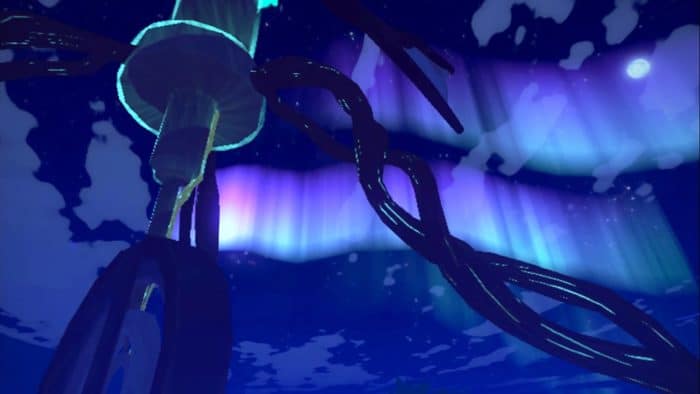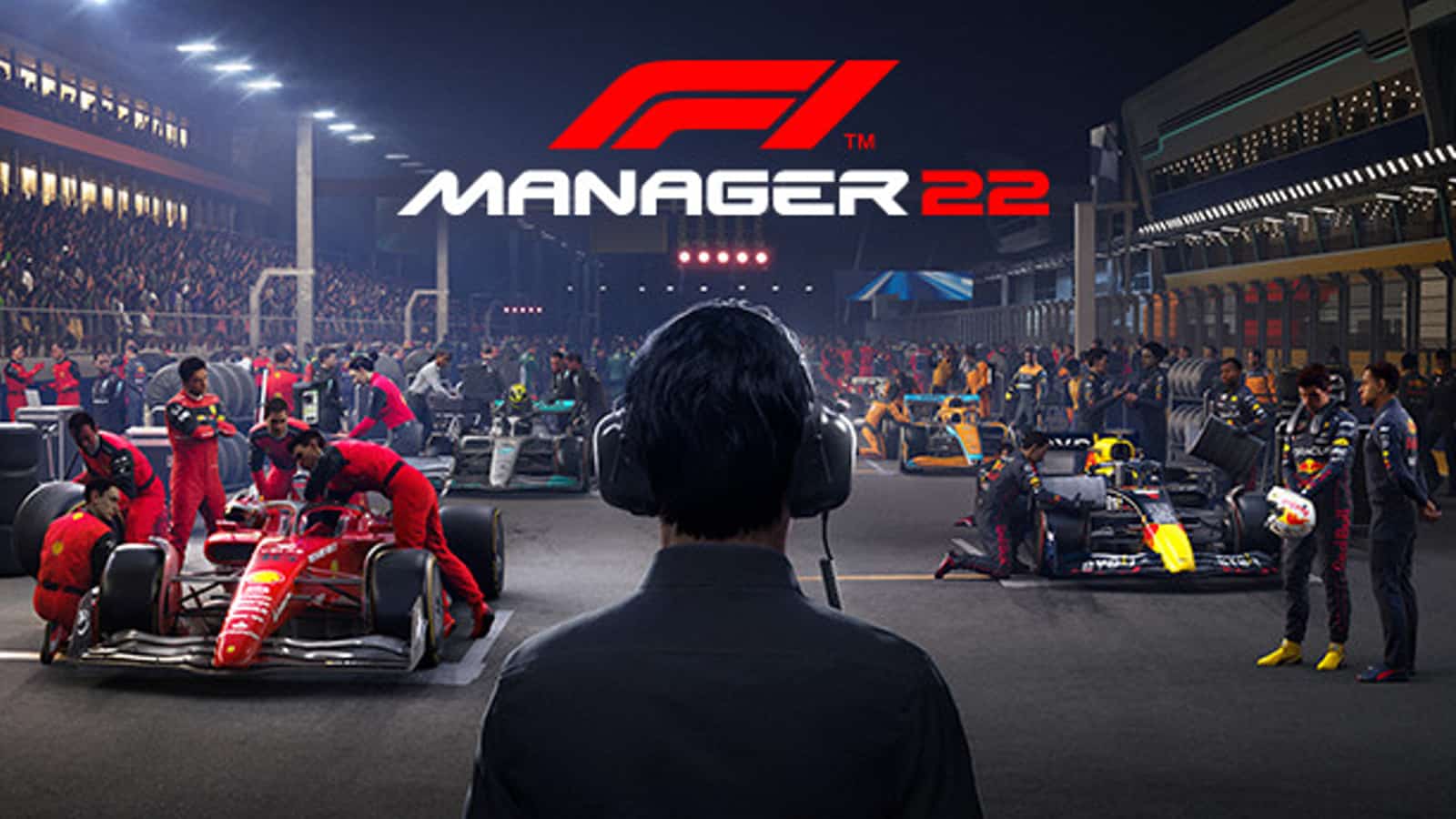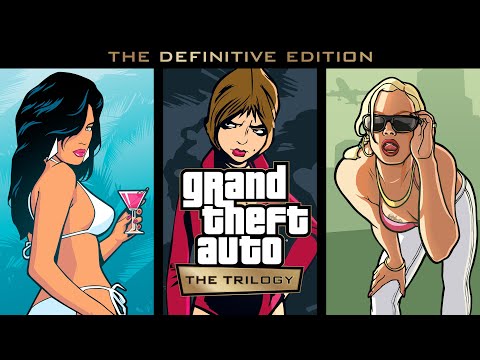
Wind & Leaves PSVR Review
First impressions really color your initial reactions to an experience. Be it a movie, book, or game. Even if the experience improves, winning over someone may be impossible. Such is my experience with Wind & Leaves. The experience does improve over time but not enough to win me over.
In Wind & Leaves you play in first person view in a barren world known as the Steppe. There is minimal vegetation and the world is on edge of ruin. It is up to you and your trusty stilts to traverse the world and return it to its prior arboreal glory. The world of the Steppe is done in a soft pastel art style and is very reminiscent of the seminal PS title Journey. While that art style works fine in flat screen presentations, it is difficult to render in a crisp manner on the PSVR headset. The end result are visuals that look decent in your immediate area but become less and less clear as you look into the distance.
Staring Into the Blurry Distance
The overall blurriness of the game is exacerbated because you are constantly looking into the distance to see where you should go next. Most VR games go the exact opposite way by suggesting a larger world but blocking off or minimizing distant views with nearby objects. In this game as you explore, you are expanding the forest which means you are often on the edge of the forest and the wasteland before you. As a result your view of the distant world is often unobstructed so there is no way to avoid looking off into the blurry distance.
Here is where things fell apart for me. Never has a PSVR game presented itself with a mix of an interesting and totally frustrating control scheme. This is a PS Moves only supported controller game. I suspect Trebuchet tried to innovate a control scheme that overcomes the Moves lack of analog joystick controls. Unfortunately the result is not optimal.

But first, the good. Initial travel is done by the unique use of stilts. Different for sure and it works well. You press the main button and swing your arms back and forth. You feel like you’re cross-country skiing. The mechanic works well in covering distances quickly. Other forms of travel open up using a grab mechanic which is quicker but less satisfying.
The next welcome innovation are the use of calibration boxes to place your various pieces of equipment. These show up as wire-frame boxes into which you place an implement. Once you have the item placed in a spatial spot you find comfortable, you confirm and save that mapping. This is good because besides the stilts there are: a pouch for storing seeds, a planting stick for planting said seeds, a tree mug for storing energy, and a wind scroll for advancing time. The latter is important to accelerate the growth of the seeds you plant.
Okay, here comes the frustration. The turning mechanics are horrible in two of the three choices and too limiting with the third standard – the snap turn option. There is no smooth turning option which by this time in the PSVR’s life cycle should be considered mandatory by all game developers. The requirement to look in the direction you want to go in and then press a button to turn is so tedious. To be able to move forward so easily and then have to fumble to turn is intolerable.
Forget About Climbing Trees
The other big stumble is climbing. Trees specifically. You can climb trees to pick seeds needed to plant new trees. Don’t. Use the time speed option to allow the seeds to ripen and fall to the ground. Unfortunately you don’t have this option until you are able to manipulate time. This means enduring a tree climbing mechanism that has gimped collision detection providing an immersion breaking experience. You may be presented with a tree trunk and branches to navigate but what you experience is essentially flag pole climbing. The visuals and the mechanics just don’t mesh. Trebuchet has stated they implemented this solution to simplify the tree climbing mechanic but for me the end result is immersion breaking. The better choice? Drop this mechanic. Period.
The time manipulation power in Wind & Leaves is a mixed one. It’s one of those things that is cool the first few times. Watching the world change around you in an elapsed time montage is definitely neat but after the first few times I tired of holding out my time device and standing there doing nothing else. After a while you begin to feel like the Statue of Liberty.

On the more positive side of gameplay the elements of world exploration and puzzle solving intrigue are great. There are puzzles to solve in terms of getting ancient machines to run again. As well there is a world history to reclaim. Much of this is done in the form of pictures seen cave painting style. That said, some of the pictures are too cryptic in conveying their message.
Wind & Leaves turned out to be a real bummer. The exploration and world history are intriguing and there’s no denying the beauty of the world as it speeds through growth when time is fast-forwarded. There is also some really good soundtrack music going on too. The intent of creating a Journey-like experience is clear but there are too many game mechanic missteps that break immersion. This a game some will no doubt like because of the world. It all depends on your tolerance level of the game mechanics.
*** PSVR game code provided by the publisher ***
The post Wind & Leaves (PSVR) Review – A Janky Journey appeared first on COGconnected.



